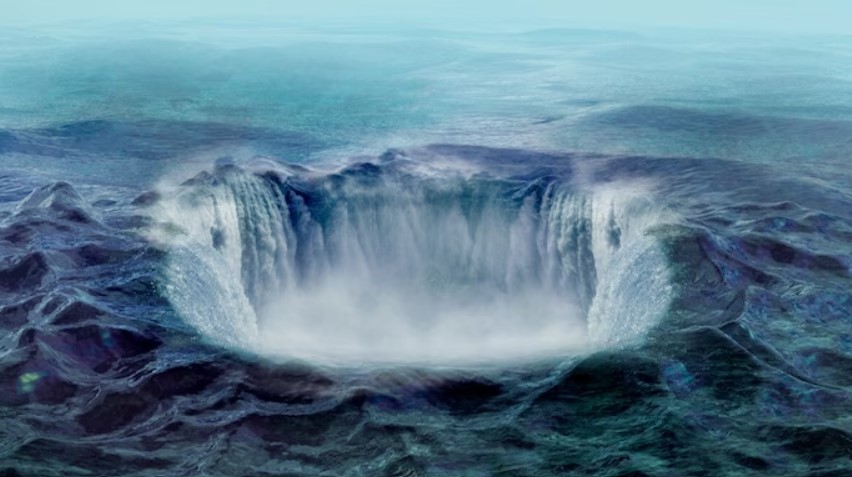Indian scientists have made a significant discovery in the Indian Ocean, uncovering a massive anomaly known as a “gravity hole” or Indian Ocean Geoid Low (IOGL). This peculiar phenomenon spans over three million square kilometers and is characterized by a substantial decrease in the Earth’s gravitational pull causing the sea floor to sink by approximately 106 meters. Read More Business News on our website.

Gravity Hole In The Indian Ocean
For years, scientists from around the world have been perplexed by this gravitational anomaly. However, recent studies have provided a plausible scientific explanation for its existence. Researchers from the Centre for Earth Sciences at the Indian Institute of Science, Debanjan Pal and Attreyee Ghosh have conducted extensive investigations to shed light on this mystery.
By reconstructing the plate tectonic movements spanning 140 million years and utilizing computer simulations, Pal and Ghosh traced the origins of the gravitational anomaly. Their study, published in the journal “Geophysical Research Letters,” suggests that the IOGL is a result of a mass deficiency within the Earth’s mantle beneath the Indian Ocean.
Around 30 million years ago, remnants of the ancient Tethys Sea submerged beneath Africa forming what is now referred to as a “slab graveyard.” Portions of the oceanic plate sank into the mantle beneath Africa’s surface, initiating a downward movement of molten rock. In response, streams of lighter and hotter mantle material began to rise from below the Indian Ocean.
Approximately 20 million years ago, these upwellings of hot mantle plumes approached the Indian peninsula and interacted with the Earth’s outer layer, known as the Lithosphere. This interaction amplified the gravitational anomaly making it more pronounced.
Although these studies have been conducted extensively, many scientists and researchers remain unconvinced. Further investigation and research are necessary to fully comprehend the history and underlying causes of this gravity hole. This discovery serves as a reminder that our understanding of the planet we inhabit is far from complete.
